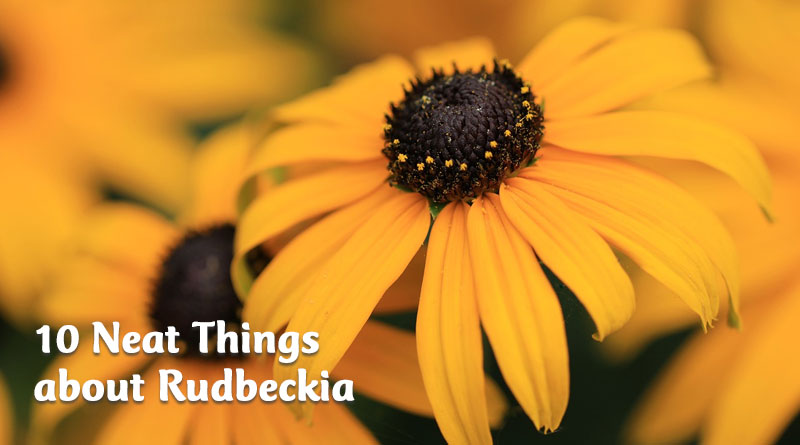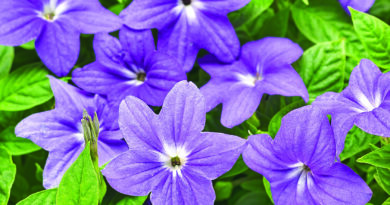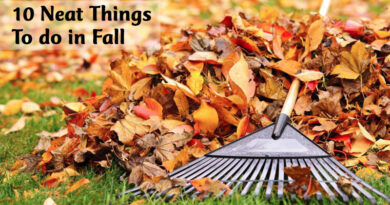About Rudbeckia
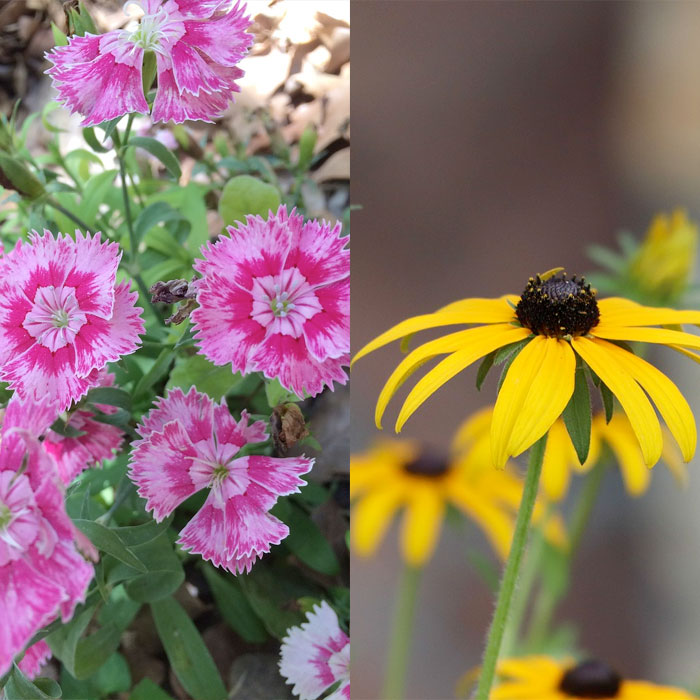
1. Black-eyed Susan loves sweet William.
All in the downs, the fleet was moored,
Banners waving in the wind,
When Black-Eyed Susan came aboard
and eyed the burly men.
“Tell me ye sailors, tell me true,
Does my Sweet William sail with you?”
This poem by John Gay, 1685 to 1732, gives the common names to lovely Rudbeckia hirta (aka black-eyed Susan) and Dianthus barbatus (sweet William), which both bloom at the same time and whose golds and pinks look stunning together. Black-eyed Susan is a native North American and sweet William is of European descent.

2. All Canada, her home and native land.
Black-eyed Susan grows wild in every province in Canada. It is generally found in meadows and fields and on the margins of woodlands. It was used by First Nations to treat a wide range of ailments including colds, injuries, earaches and intestinal worms. It was used as a poultice to treat snakebite.
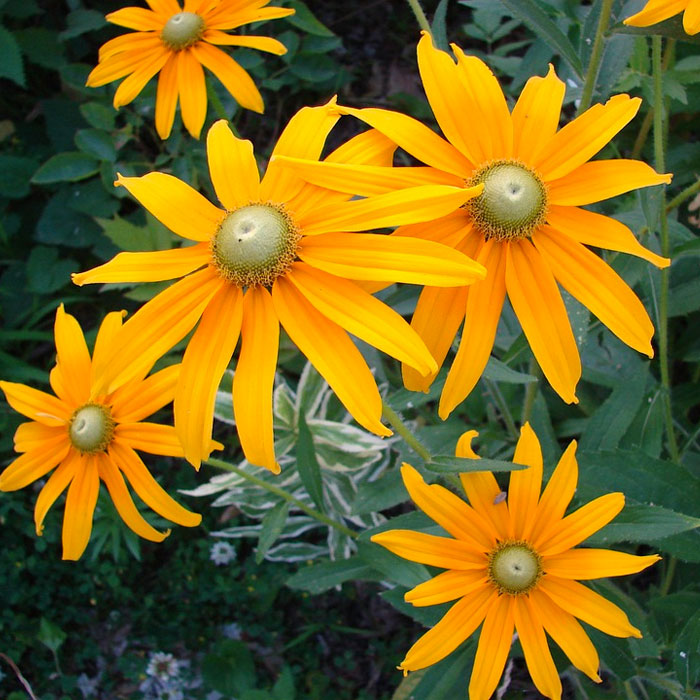
3. Rudbeckia time.
Some are annual, some are perennial, but most are biennial. All seem like perennials, however, thanks to the fact that they produce copious amounts of seed and some varieties travel underground by rhizome. Sow them directly outdoors in fall or indoors in February or March after a period of stratification in the fridge.
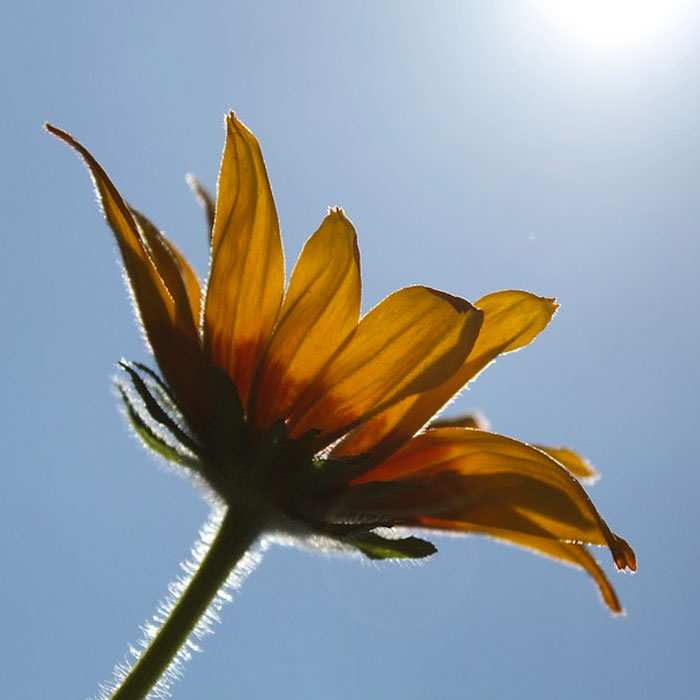
4. Last choice for critters.
Rudbeckia are deer and rabbit resistant probably because these epicures have a taste for the more exotic plants in our gardens – like hydrangea, lilies and hosta – and so will choose them first. As well, rudbeckia has hairy stems, which is a turn-off for critters.
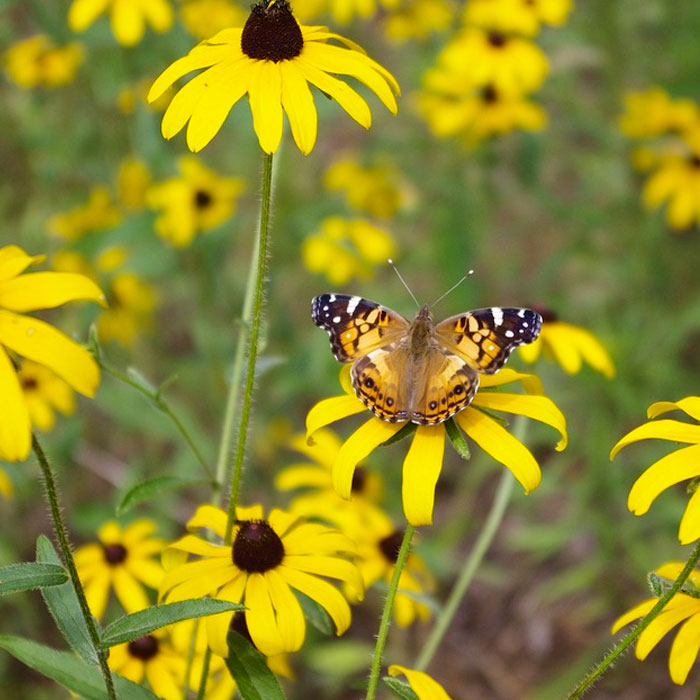
5. First choice for butterflies.
Butterflies and other pollinators appreciate rudbeckia and some varieties, notably Rudbeckia nitida ‘Herbstsonne’. With its tall green centre cones, it’s even attractive to hummingbirds.
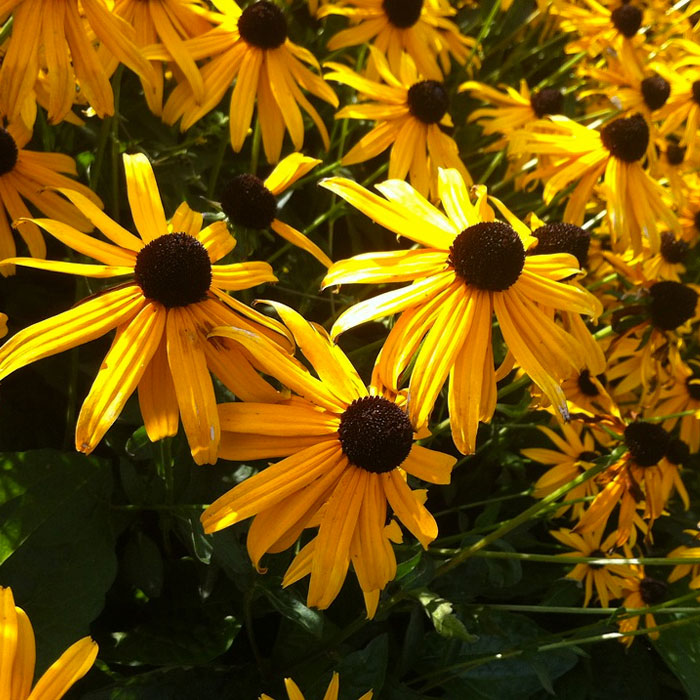
6. Septorium.
Rudbeckia fulgida ‘Goldsturm’ (German for ‘gold storm’) was the Perennial of the Year 1999. It’s a lovely clumping plant with very showy flowers that look wonderful with ornamental grasses. Septorium is a disease has come along to kill off this beauty, though. Rudbeckia x ‘American Gold Rush’ is a great replacement plant.
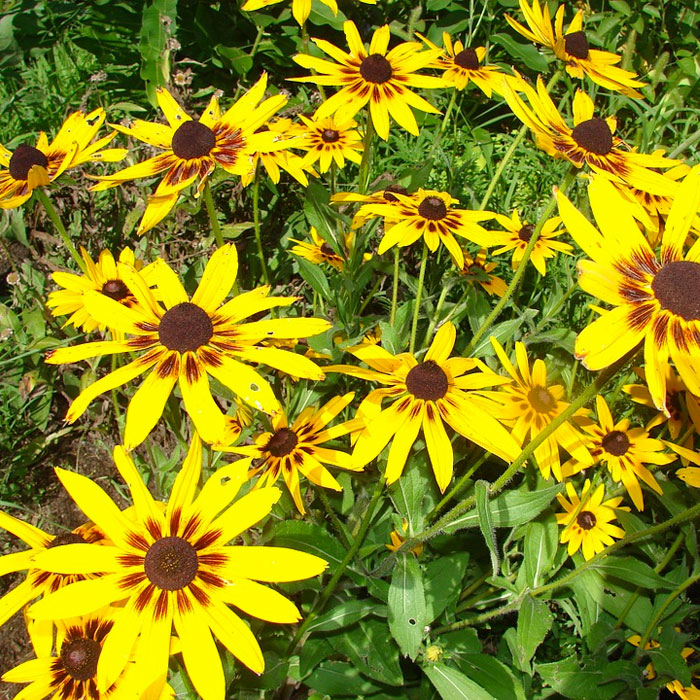
7. Versatile flower.
Rudbeckia lasts up to 10 days in a vase and will continue to bloom right into fall if you deadhead it. The flowers are good for drying. It is happy to grow in both full sun and part shade. Its seeds are part of the in-ground seed bank, representing plants whose seeds stay viable but dormant in the soil for years. It is one of the first plants to spring up after a fire.

8. From small to tall.
Some of the annual varieties are quite compact and make great border plants, but the old-fashioned perennials, R. nitida, for example, will grow 54 to 94 inches tall. R. laciniata, also known as tall coneflower, grows 70 to 82 inches and spreads by underground rhizomes. R. laciniata ‘Hortensia’ is the double blossom version.

9. Split personalities.
Rudbeckia can be single or double, short or tall, black-eyed or green-eyed. R. hirta ‘Prairie Sun’, sometimes called gloriosa daisy, is short-lived with a green button and golden petals tipped in paler yellow. ‘Cherry Brandy’ is a stunning burgundy-red and blooms for months in a mid-sized mound. On the other hand, the tall heritage plant, R. laciniata ‘Hortensia’ has double, pom-pom-type blooms. R. speciosa var. sullivantii, the showy rudbeckia, is long-lived under the right conditions, living up to 10 years.

10. Maryland star.
Black-eyed Susan is the state flower of Maryland and is the star of the Baltimore Preakness horse race called the Run for the Black-Eyed Susan.
– Dorothy Dobbie Copyright©
Pegasus Publications Inc

